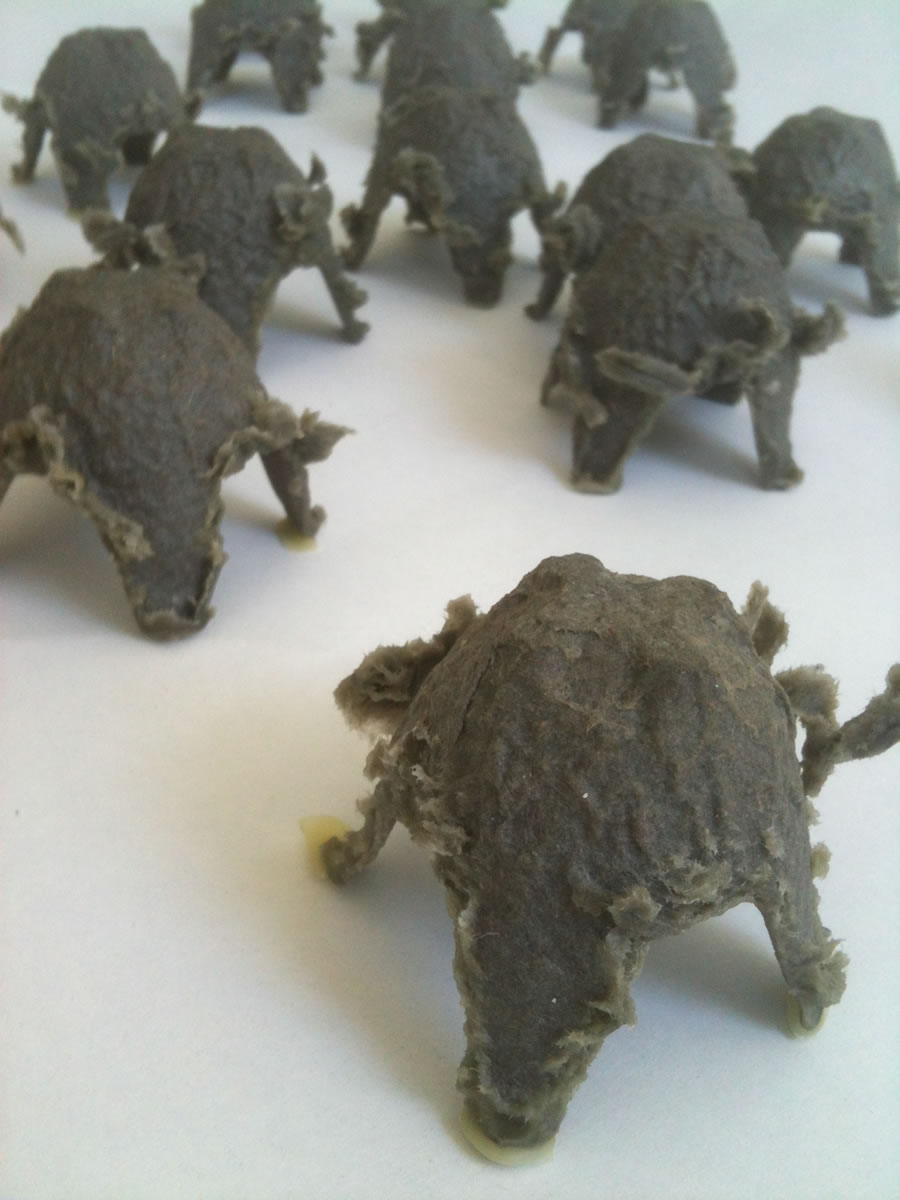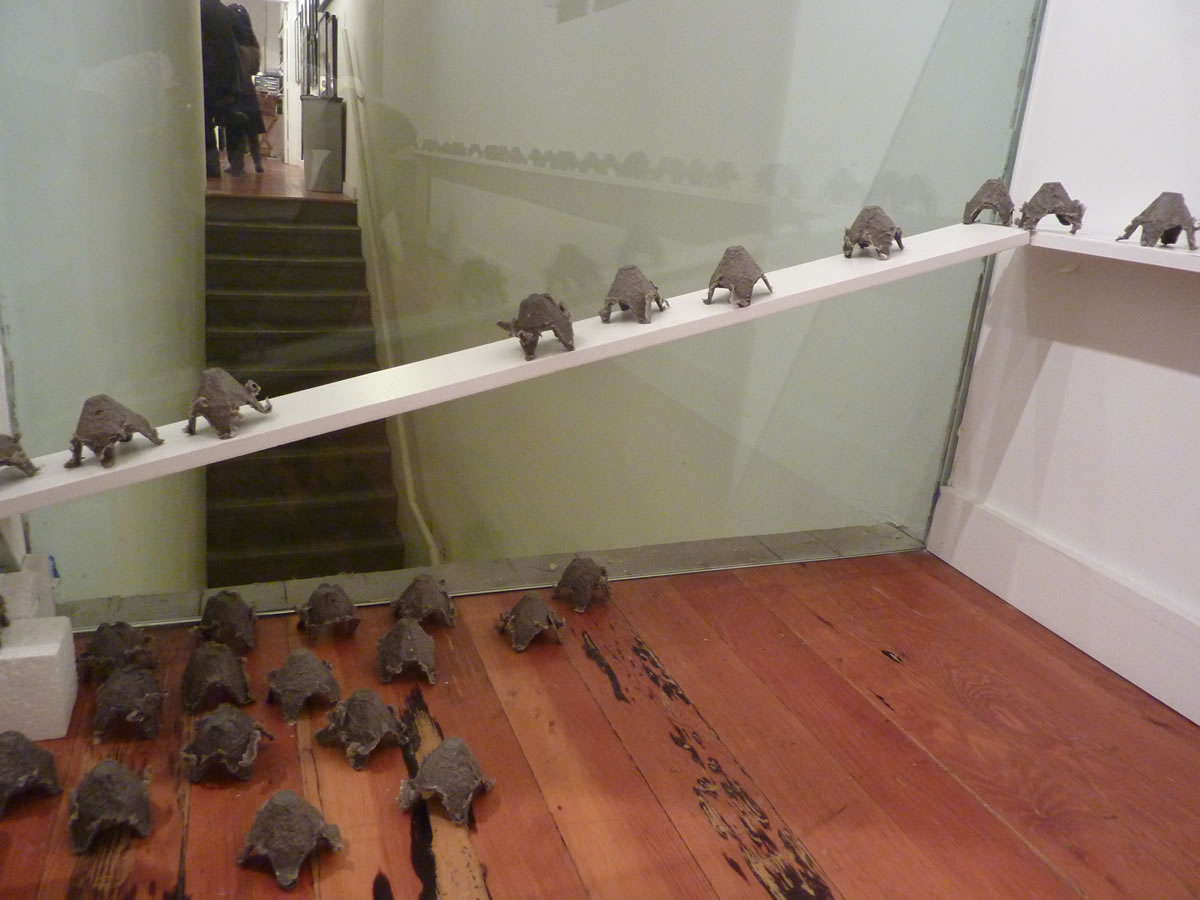Hatchlings
It was going to make the factory production of eggs faster, cheaper, more profitable. We were proud, rightly so, of the brilliant simplicity of the concept, achievable with technologies the company had developed and owned exclusively.
It was this: just insert a wee slice of honeybee DNA into that of our most common farm animal, the chicken, and the birds would create their own honeycomb-like cartons in which to lay their eggs, obviating the materials, labor, handling, and packaging machinery required to protect the eggs as they travel from factory farm to consumer.
Nature and evolution are marvels, the chickenhive’s densely-packed hexagonal structure a miracle of strength and efficiency. Eggs laid into our ChickaB™ colonies’ waxy network of cells could easily be carved into dozens and sent to market.
Did we wonder about ethics, as we tinkered with the birds-and-bees of these birds, and, well, bees? Yes, I think we did. Briefly. I’m sure of it.
What, we asked ourselves, rhetorically, could possibly go wrong?
Cardboard, beeswax
(2012)



